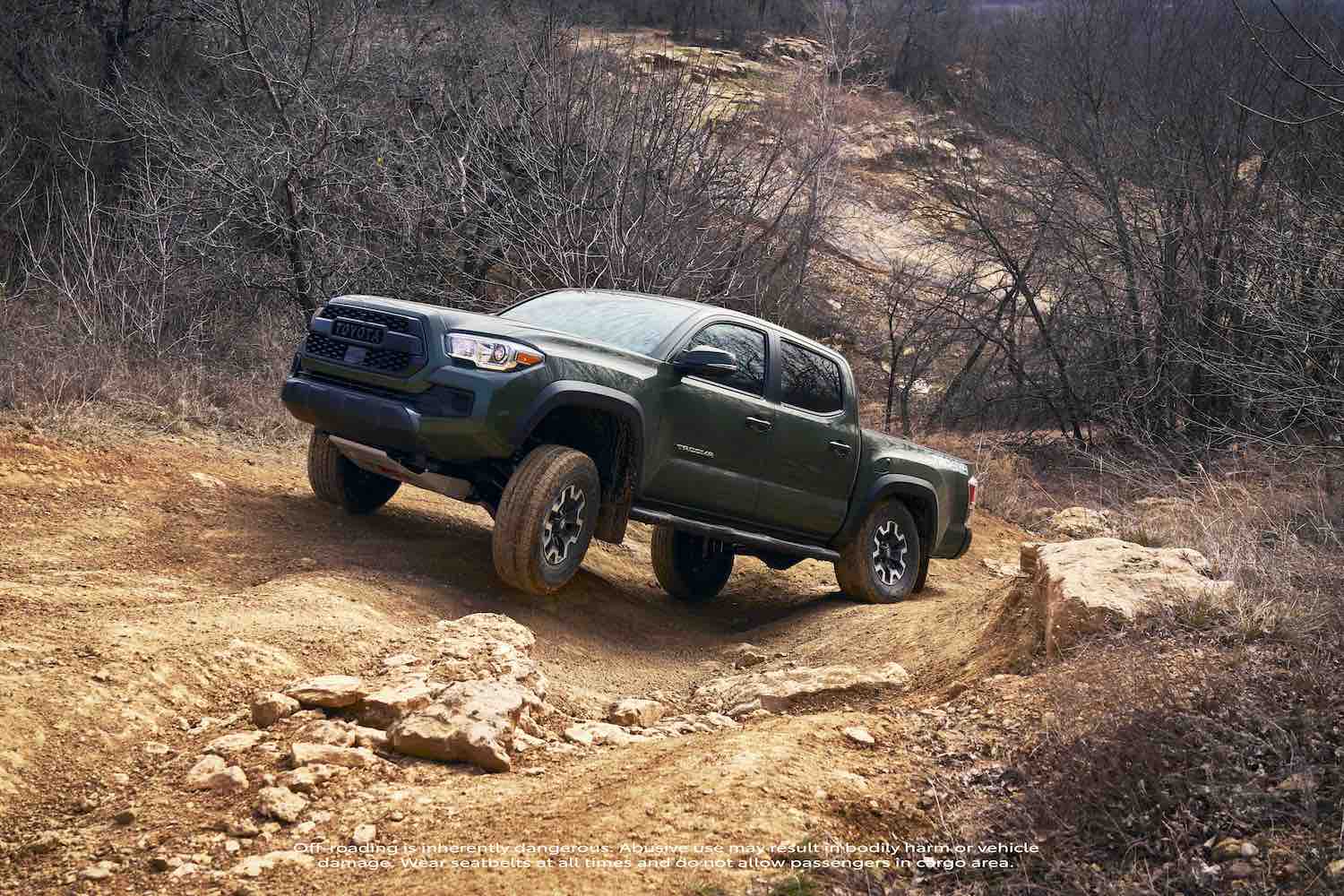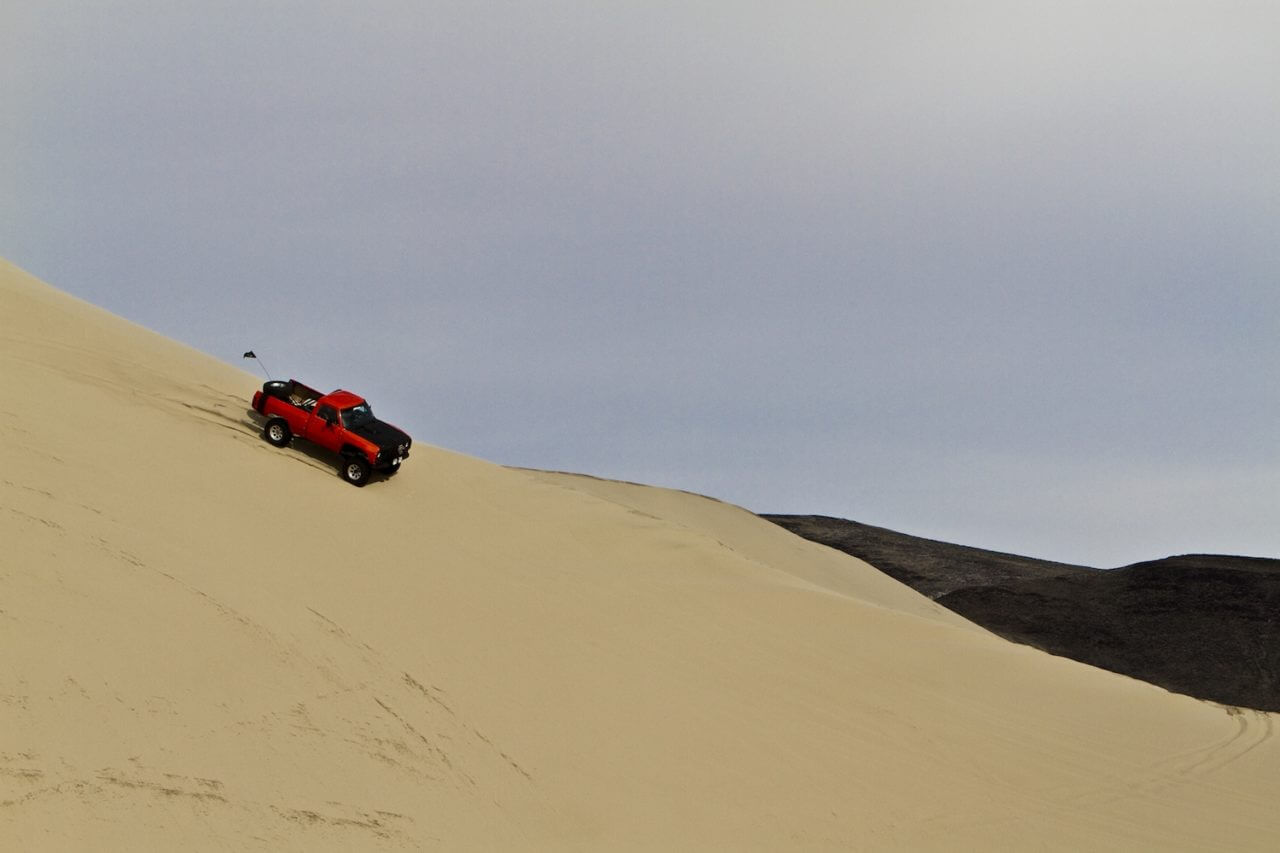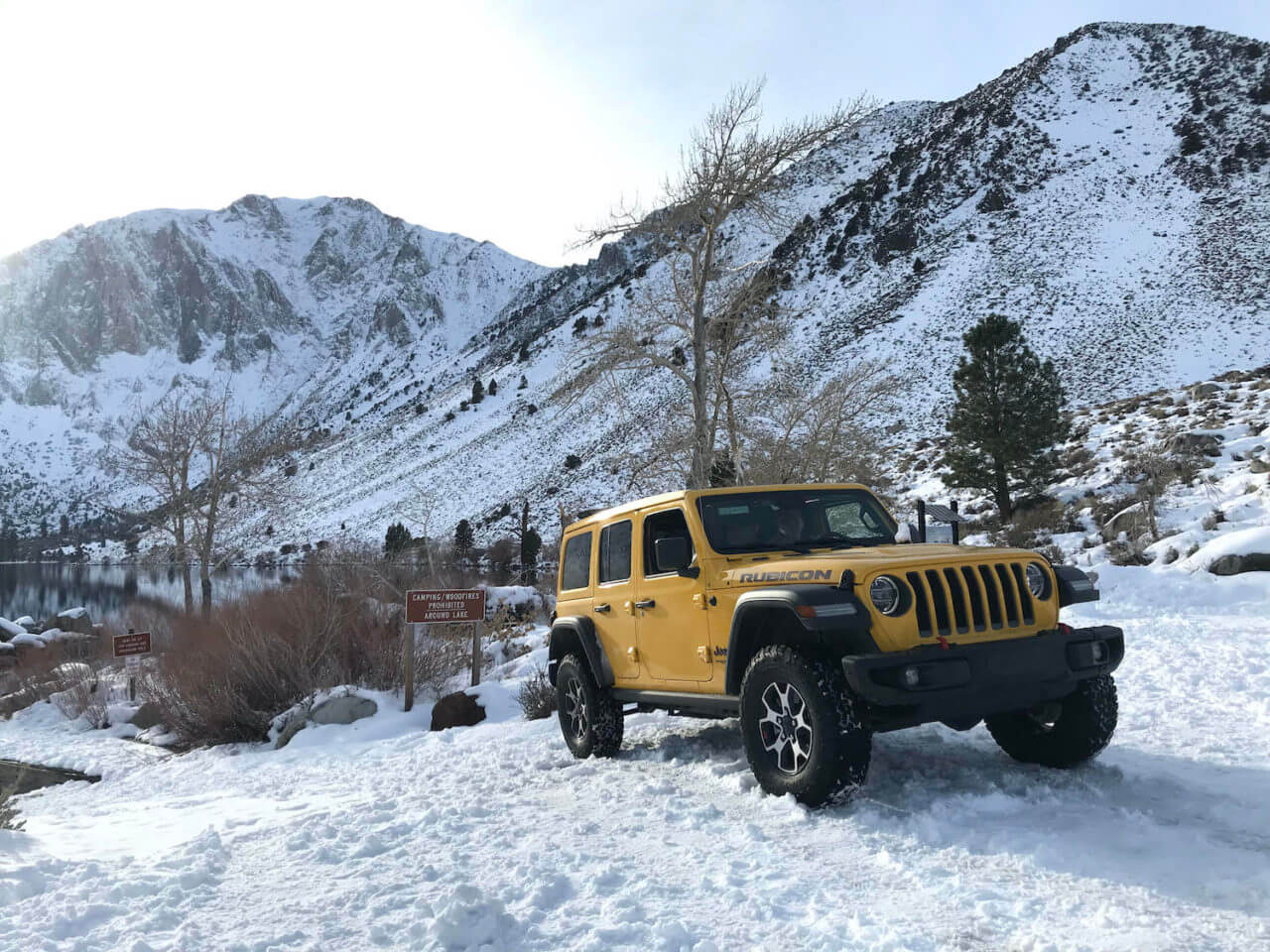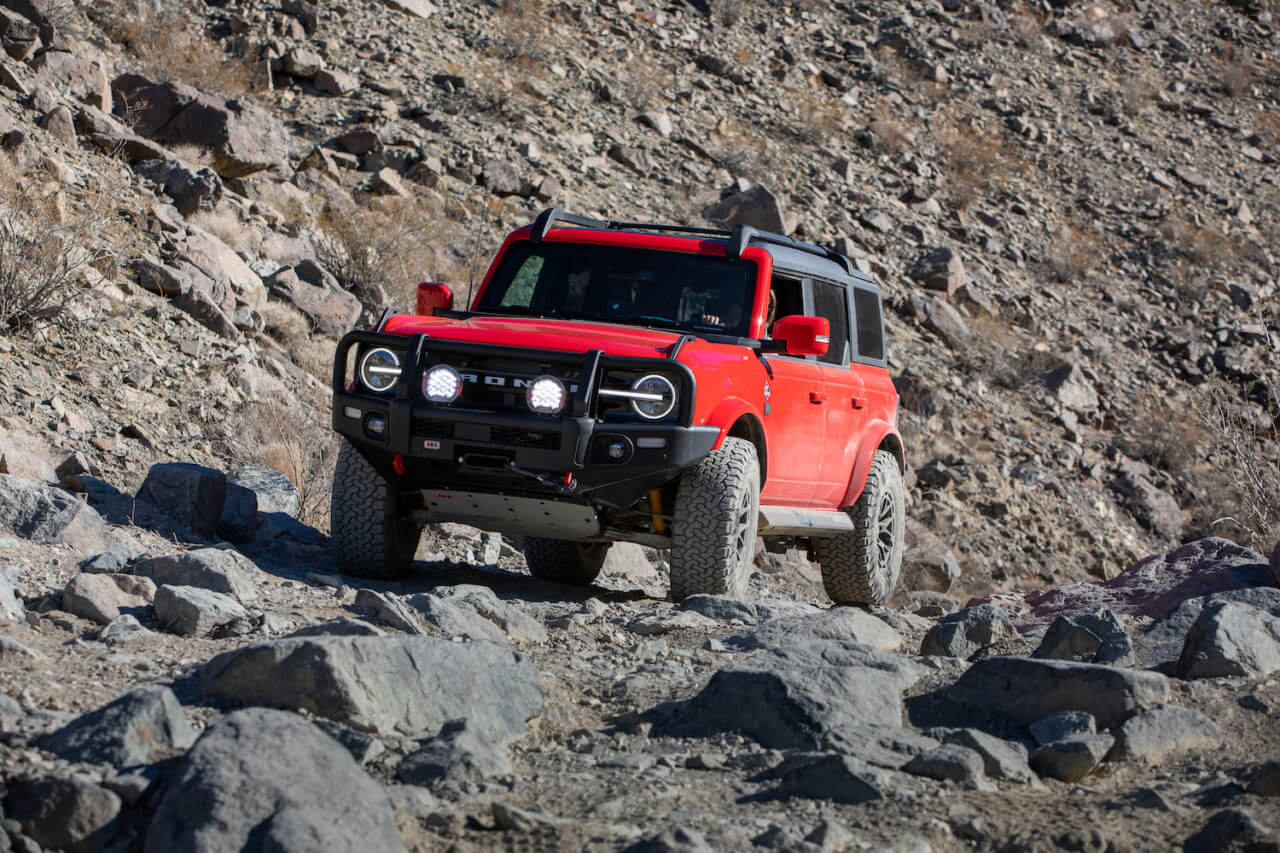
Whether you’re someone who likes to go for a light off-roading adventure on the weekends or you’re an avid off-road enthusiast, there’s nothing better than taking your off-roader out in the wilderness to just unwind and enjoy the great outdoors.
That being said, off-roading terrains come in all shapes and sizes. From light trails suitable for any family SUV or mid-size crossover to gnarly rock-crawling sections that only a dedicated off-roader can tackle, there’s a bit of everything to suit everyone’s needs and desires.
Off-roading is perhaps the most versatile recreational sport on the planet simply because of how many different terrains it encompasses and how many different vehicles can technically go off-roading. If you’re brave enough, even an old mid-size sedan can go off-roading, though it probably won’t come back from that expedition in one piece.
To help you get an idea of all the various off-roading terrains you can explore and enjoy, let’s go over some of the most popular options which will hopefully help you determine the ones that best match your requirements.

Mountain & Trail Terrain Mud Trails
Mountain trails are by far and away the most popular off-roading terrain simply because of how accessible and abundant they are. Technically, even an unpaved mountain pass can be classified as a trail or a dirt road, meaning you don’t have to stray too far from the city to enjoy off-roading alone or with a group of friends. This activity is also called green laning and it involves driving over unpaved roads or specific trails that have been cleared and designated for off-roading.
Mudding is a more serious and strenuous activity because it involves taking your vehicle through muddy and slippery terrain which will usually make it extremely dirty in the process. Driving through muddy terrain typically requires an off-roader equipped with at least a partial all-wheel-drive system, meaning the rear wheels can kick in should the front ones lose traction, and it’s best suited for a full-time 4WD truck or SUV. Front-wheel-drive crossovers and family SUVs will struggle with this type of terrain due to the lack of traction.

Sand & Desert Off-Roading
Sand is a tricky surface to drive over because of how soft it is. Generally speaking, the softer the sand, the wider the tires need to be to avoid getting stuck. It’s common practice to air out your tires and run extremely low tire pressures in order to maximize traction and extract as much performance from this slippery surface as possible.
Desert off-roading, sometimes called dune bashing, primarily takes place in the desert, on sand dunes. The primary goal is to navigate treacherous loose terrain and traverse up and down sand dunes without getting stuck in the process. The risk of rolling over while performing this type of off-roading activity is extremely high because of how high sand dunes can get and how much they can tilt your vehicle to one side.
The fact that deserts and sand are typically located far away from cities, out in the middle of nowhere, means you really need to know what you’re doing if you want to go dune bashing. Help can be difficult to come by when you’re hundreds of miles from civilization, so this is one activity that is best performed with a group of friends or like-minded off-roading enthusiasts.

Snow Off-Roading
This type of off-roading can only be indulged in during the winter due to the lack of snow in the summer, but if you live somewhere where it snows nearly all-year round, consider yourself lucky. Snow off-roading is similar to driving over muddy terrain, except instead of mud, you’ll be tackling snow and ice. Proper winter tires are a must when it comes to snow off-roading, as are tire chains and proper winter clothes in case you get stuck out in the middle of nowhere.
If you’re planning on going on a snowy adventure with your off-roader, it’s a good idea to make it as light as possible so that it’s able to stay on top of the snow and simply glide over it (or at least reduce how much it sinks into the snow). As you spend more time snow off-roading, you’ll be able to differentiate between different types of snow surfaces. For instance, soft snow that has been sitting in the sun all day requires a slightly different driving style as opposed to icy snow that’s been sitting in the shadows or is located on a north-facing slope.
For serious winter off-roading adventures, you might even want to consider special winter tires equipped with metal or ceramic studs that will allow you to drive over ice or extremely frozen snow.

Rock Crawling
Rock crawling is arguably one of the most difficult types of recreational off-roading. Due to how challenging and tricky it is though, rock crawling has become almost synonymous with the words ‘off-roading’. Simply put, rock crawling involves taking your vehicle over rocks and boulders and navigating them in such a way that you don’t ground out and damage your vehicle’s underside or pop a tire (or even damage a wheel).
Those interested in rock crawling will probably want to look at installing a lift kit on their off-roader, as well as a set of rock sliders and larger tires. Differential covers and skid plates are also a good shout-out since they’ll protect your vehicle’s underside from any impacts should you bottom out.
Rock crawling typically requires having a spotter who will sit outside and guide you through the rocky section. The idea is that the spotter will be better able to see where you should place your wheels from the outside, as well as what’s beneath the car, and will thus help you position your tires in the right place while avoiding large drops.
Rock crawling is all about precision and accuracy, not speed. You also want a fairly modified off-roader with ample amounts of ground clearance, aggressive off-road tires, and permanent four-wheel drive. As such, this activity isn’t suitable for novice off-roaders or beginners who are just starting out.



2